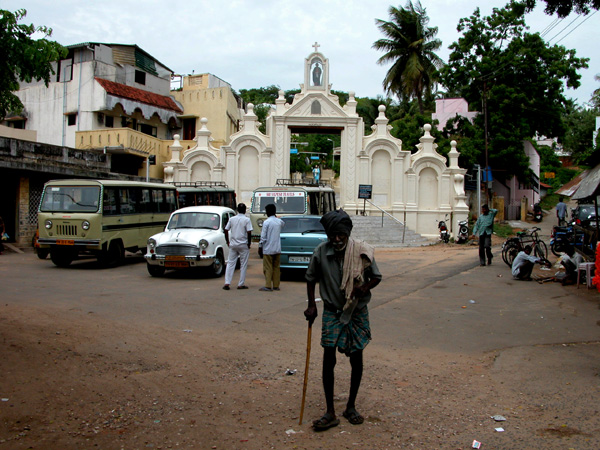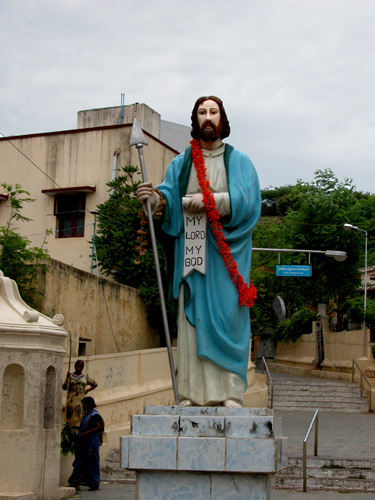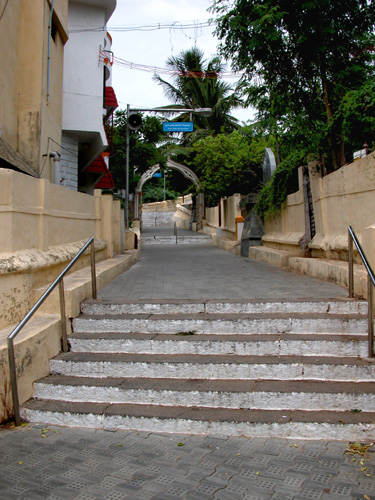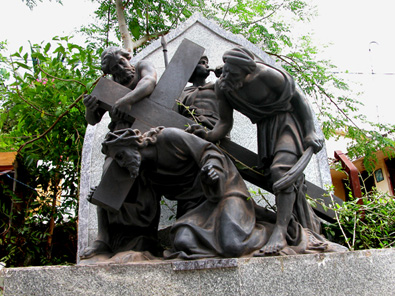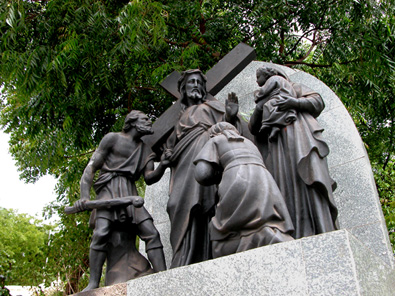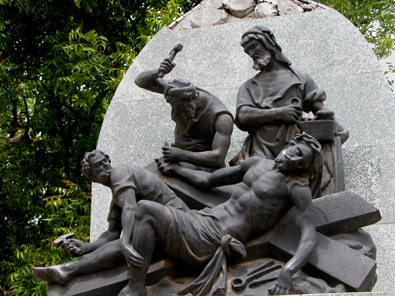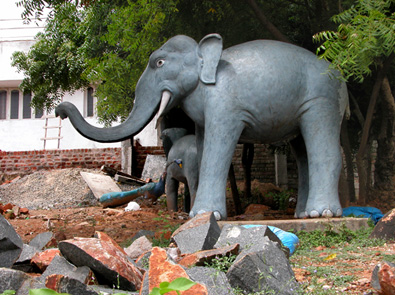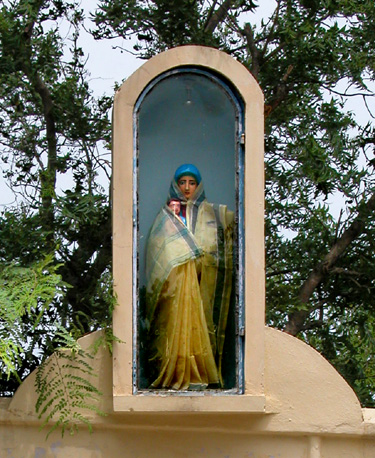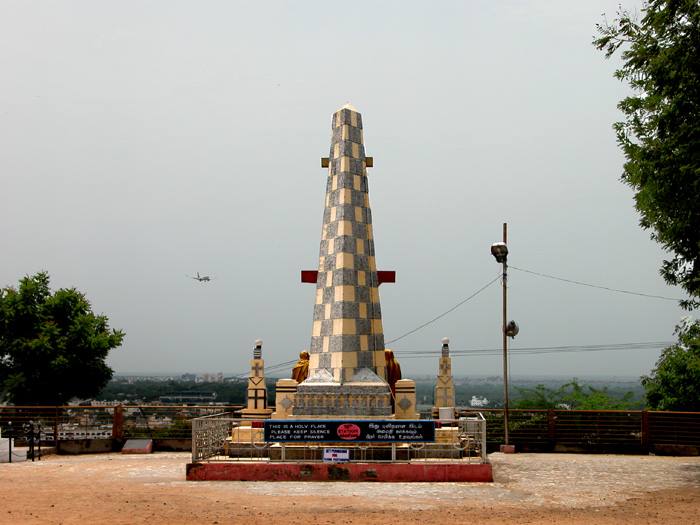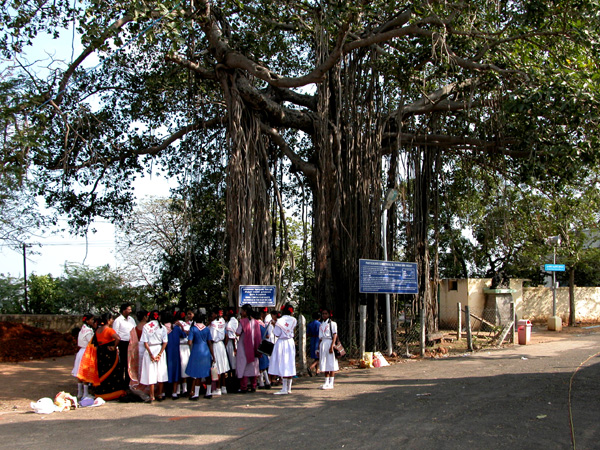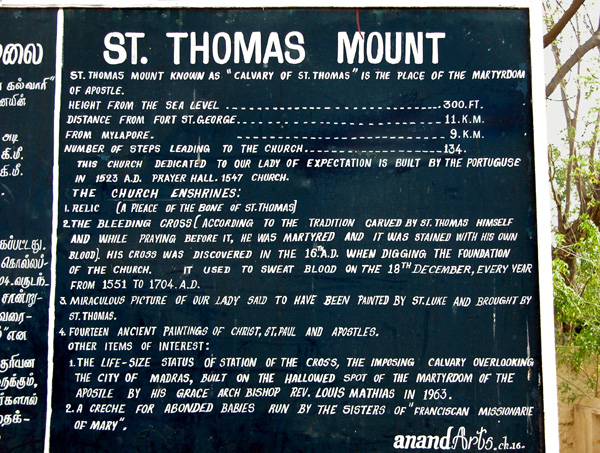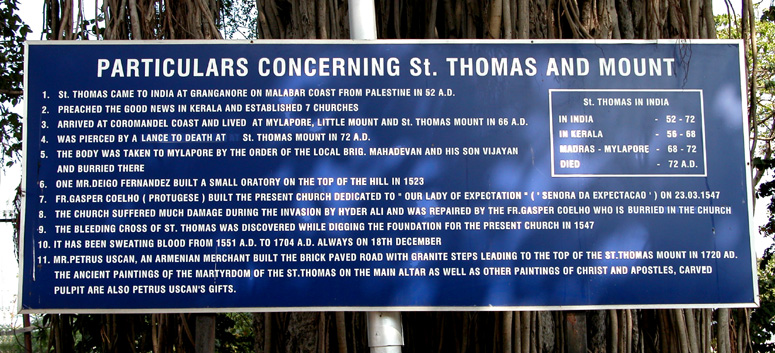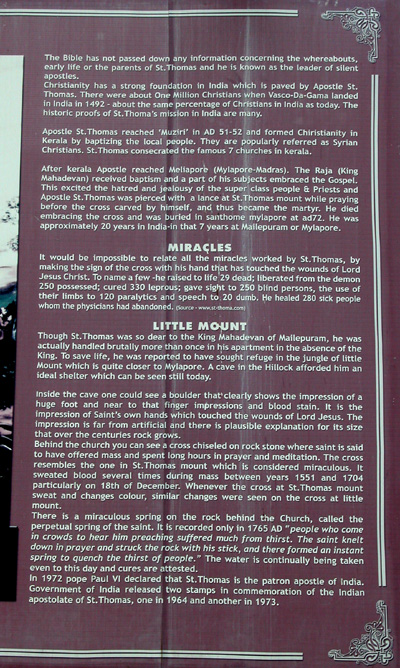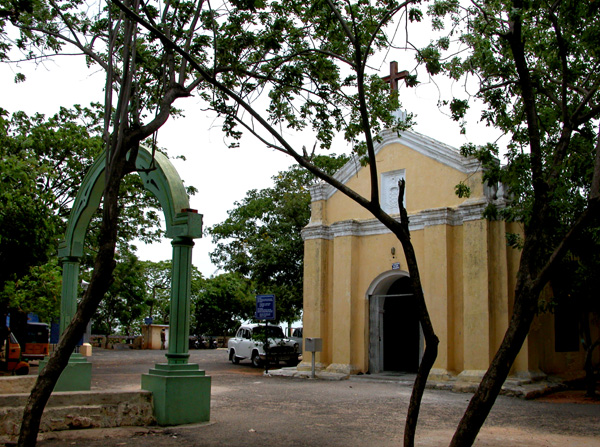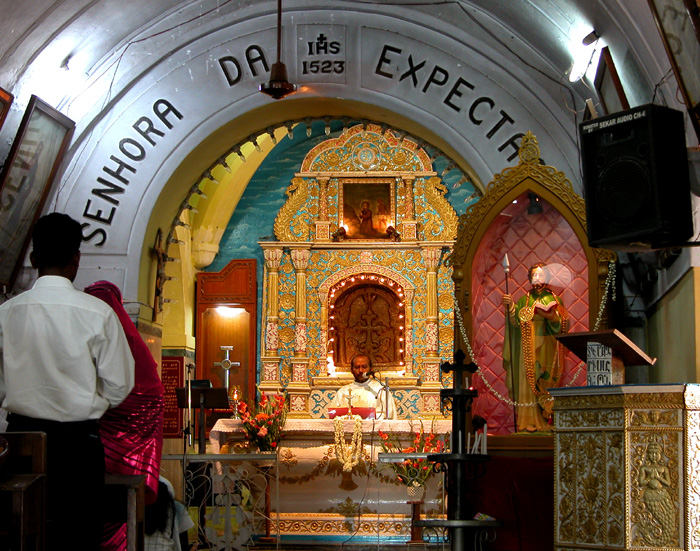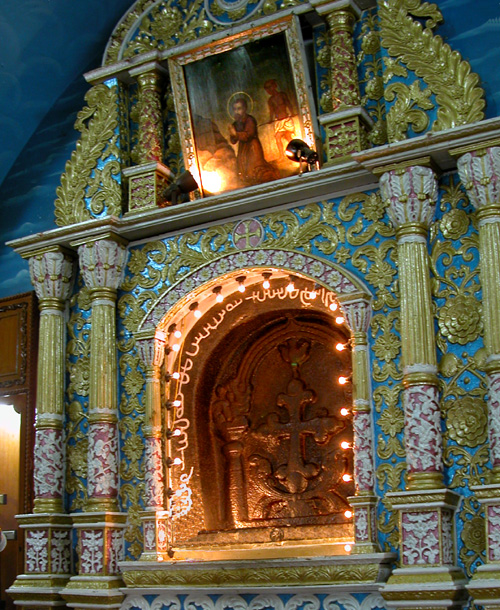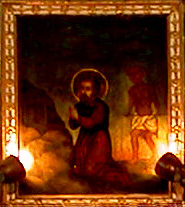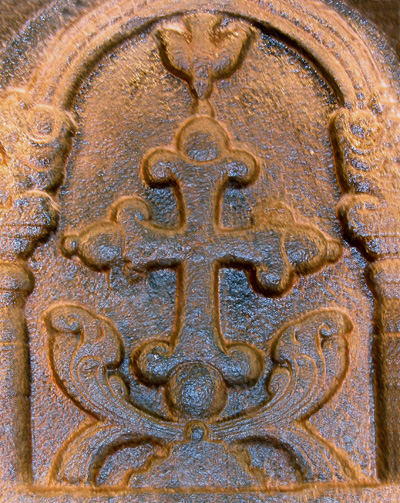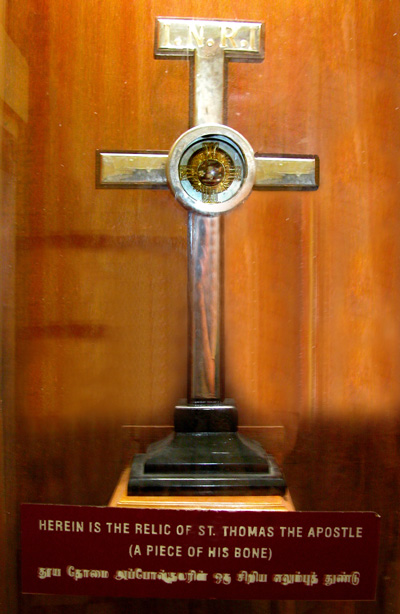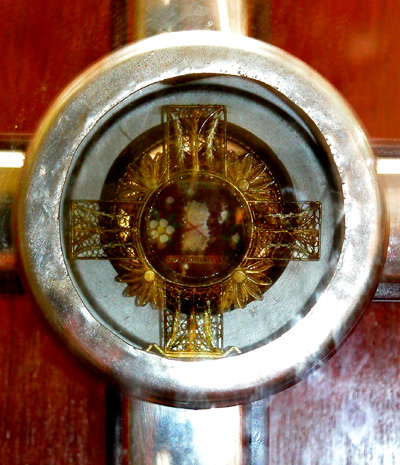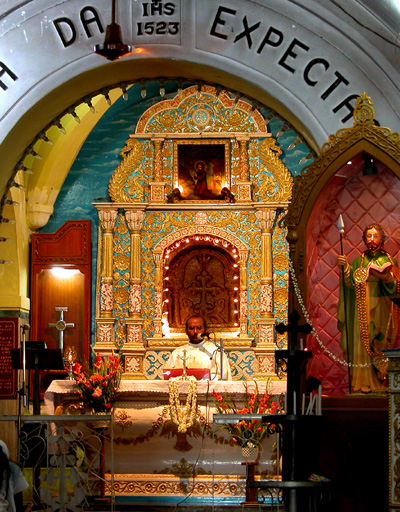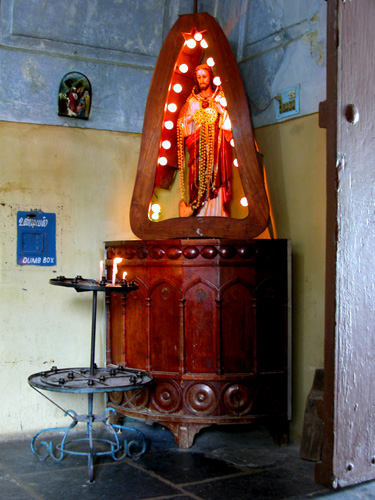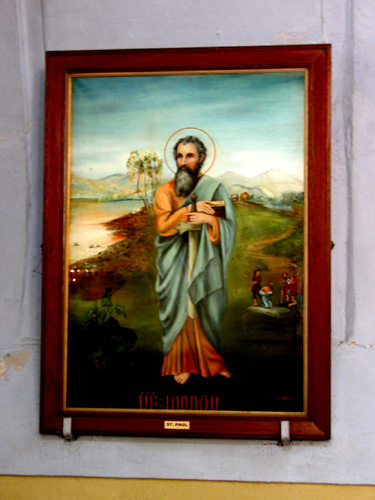|
|
Big Mount Thomas |
|
|
||||
|
Saint Thomas, The Apostle of India |
||||
|
It is part of
Indian history that Saint Thomas lived in India's Malabar and Coromandel
Coasts for nearly 20 years. Year 52 AD he, according to tradition, landed in
Muziris, modern-day North Paravur and Kodungallore in Kerala state.
Muziris was an ancient seaport at the Malabar coast and an urban center
in south-western India, that existed from around 1st century.
By preaching the words of Christ to jewish
settlers and locals, he baptized and won several
converts today known as Saint Thomas Christians or Nasranis. He built churches at places like: Palayur, Quilon. Chatil, Cranganur, Parur, Niranom, Kottamangalam. Thereafter he crossed the Western Ghats to the Coromandel Coast. At Little Mount Thomas in Chennai, former called Madras, he lived in a cave for many years. At Big St. Thomas Mount, 72 AD, while praying before the granite cross carved by Thomas himself, he was pierced to death and became a martyr, dying embracing the cross. He was buried at the site of Saint Thome Basilika, at the Marina Beach of Chennai.
In December 18th, 1955, the first
president of the republic of India, Dr. Rajendra Prasad spoke on the
Celebrations of St. Thomas Day in New Delhi: In the 16th century, the Portuguese were told of the burial place of the Apostle Thomas, by the natives and others and were taken there by Armenian merchants in the year 1517. From that year onwards, the Portuguese bean to settle down in Mylapore. In a few years, they discovered many other places and monuments in the vicinity of Mylapore, such as the Big Mount and the Little Mount. In 1523 they excavated the tomb and found a few relics therein. No other place has put forward a serious claim of possessing the grave of the Apostle.
|
||||
|
Miracles of Saint Thomas' |
||||
| One of the first
miracles that the Apostle performed is said to have been at the temple
tank at Palayur where the Brahmins were having their "Snanam", their
morning bath. Challenged by them to perform a miracle in the water, the
saint is said o have taken some water in his cupped hands and thrown it
into the air. A depression was found in the place from where the water
was scooped out and the drops of water that stood in the air turned into
flowers and fell back into the tank. In the "Acts of Thomas", we also find good many incidents of miracles worked by the saint: The miracle concerning the serpent, the Colt, the Captain, the wild asses, the wife of Misdaeus and Vasan, son of Misdaeus. When S. Francis Xavier landed in Kerala, he came across a very strong Christian population in India and wrote to St. Ignatius Loyola in Rome that he met many Christians in Kerala. |
||||
|
The Impressions at Little Mount |
||||
| St. Thomas has left
behind lasting impressions for generations after generations, of persons
and stones, rocks, with his chisel and hammer and more so with
impressions of his person, even blood itself, as we can see even today
at Little Mount Cave, where he left his foot print, finger print and
blood stains at the altar and at the rocks inside and outside the cave. In Saint Thomas days Little Mount was a jungle of trees and scrubs. Thomas was ever in danger of loosing his life and sought refuge in the cave at Little Mount. Still the cave can be seen. It is about 14 feet broad and 15-16 feet long and 7 feet in its greatest height. One enters with some difficulty through a crevice in the rock. The crevice is about 5 feet height and a little more that 1 1/2 foot broad. |
||||
|
||||
| The imposing calvary overlooking the
city of Madras, built on the hallowed spot of the martyrdom of the
apostle by his grace Archbishop Louis Mathias in 1963. "Big Mount Thomas" is situated very near to Chennai International Airport. |
||||
|
|
||||
| This church dedicated to our lady of
expectation, is built by the Portuguese in 1547 A.D. The prayerhall is
built 1523 A.D. The church enshrines: 1. Relic: A piece of the bone of St.
Thomas, the Apostle |
||||
|
|
||||
|
|
||||
|
The Bible has not passed down any
information concerning the whereabouts, early life or the parents of St.
Thomas and he is known as the silent leader of the apostles. Christianity has a strong foundation in India which is pawed by the Apostle Saint Thomas. |
||||
|
|
||||
|
Inside the church |
||||
|
|
||||
|
The "Bleeding Cross" |
||||
| The "Bleeding Cross" is
according to tradition carved by St. Thomas himself. While praying
before it, he was martyred and it was stained with his blood. This cross
was discovered in 16th century when digging the foundation of the church.
It used to sweat blood on the 18th of December, known as St. Thomas Day, every year from 1551 to
1704. A similar but simpler cross is found on Little Mount Thomas near the miraculous water spring at St. Thomas pulpit where he used to preach. |
||||
|
|
||||
|
A piece of St. Thomas bone |
||||
|
|
||||
|
One of the fourteen ancient paintings of Jesus Christ, St. Paul and Jesus' twelve apostles. |
|
Links to websites on Saint Thomas |
|
www.santhomechurch.com/ - the official website of the
Thomas Basilika |
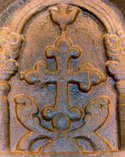
|
Other pages on Early Christianity in Kashmir, India on this website: |
|
Rozabal, Srinagar - The tomb of Christ? |
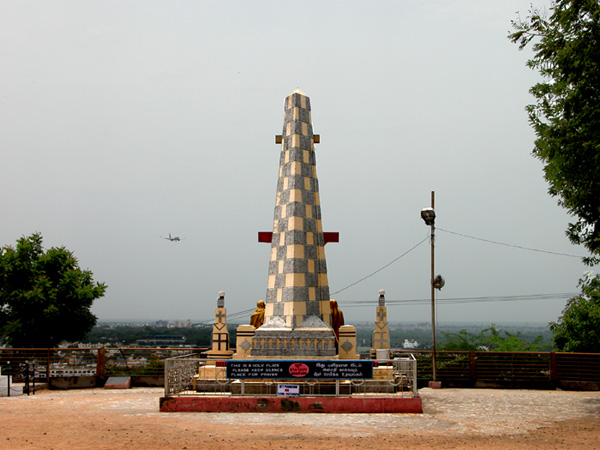
|
mukti4u2@gmail.com |
www.mukti4u2.dk |
mukti4u2.dk ► created by BP
